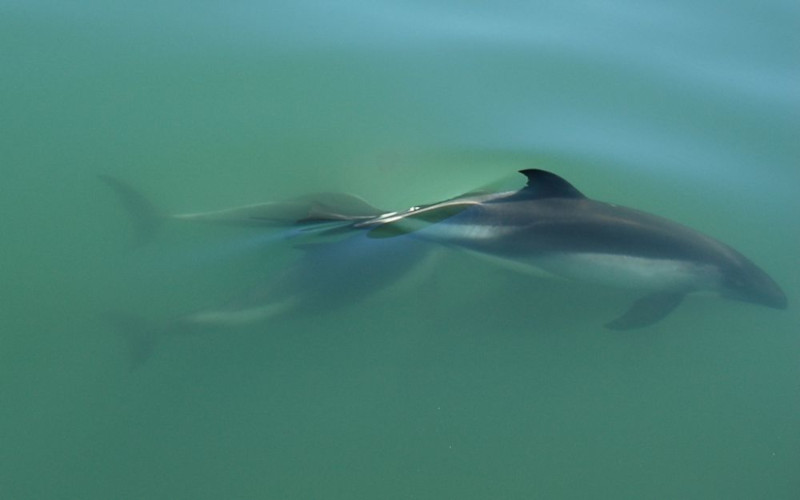
Peale’s Dolphin Facts
- The simple term of Peale’s Dolphin serves as the most frequently used of the common names for a beautiful variety of marine mammal. The truly remarkable wonder of Nature also goes by several other common names, however.
- Fascinatingly, these alternate names include such terms as the black-chinned dolphin, and the Peale’s black-chinned dolphin. Its scientific name, however, remains the hard to pronounce term of Lagenorhynchus australis.
- Completely regardless of the name one uses to refer to it, though, this distinctive animal remains a remarkable cetacean. It also distinguishes itself quite effectively from its various related creatures in a most surprising manner.
- This statement holds true due to the fact that it constitutes one of only two known types of dolphin to not display the characteristic habit of producing whistling sounds. Quite fortunately, the beautiful mammal also stands out for another reason.
- Unlike many marine species, the population numbers of this particular creature appear to be sufficient and stable. This most fortunate situation seems, somewhat surprisingly, to hold true throughout the entirety of its territory range.
- The IUCN, therefore,currently lists the Peale’s Dolphin as Least Concern. That remarkable status reflects on the organization’s Red List of Threatened Species. Since it inhabits a small range, it must be considered especially vulnerable to climate change.
Related Articles
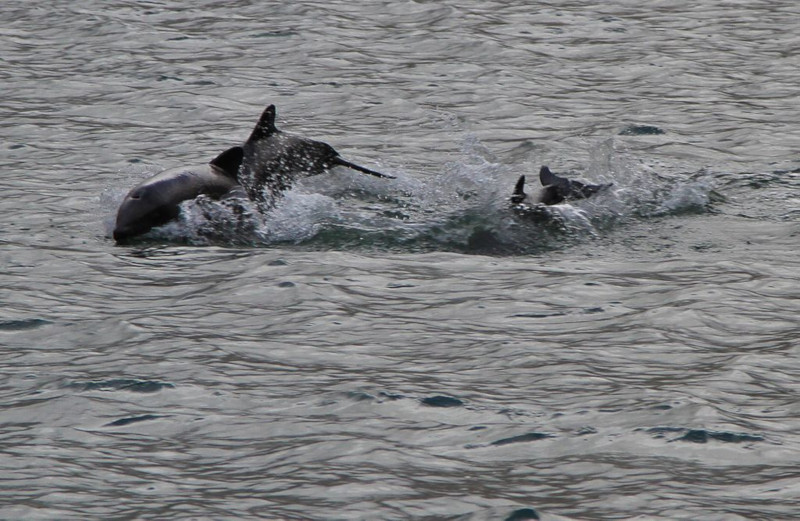
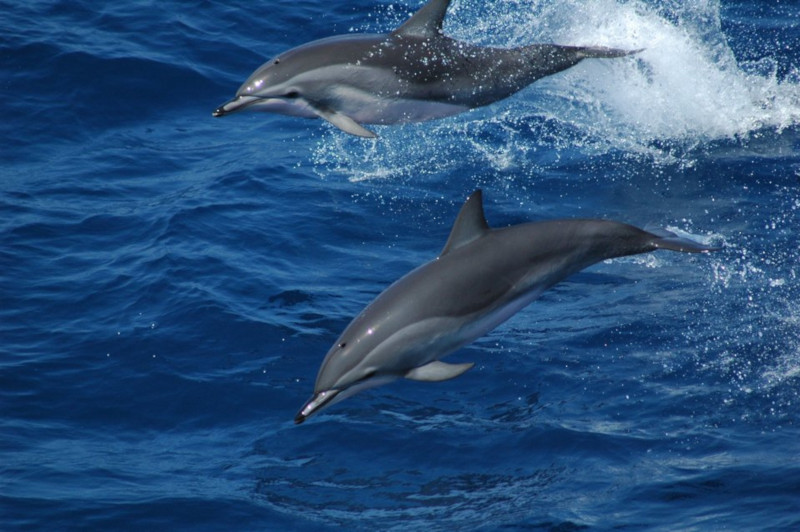
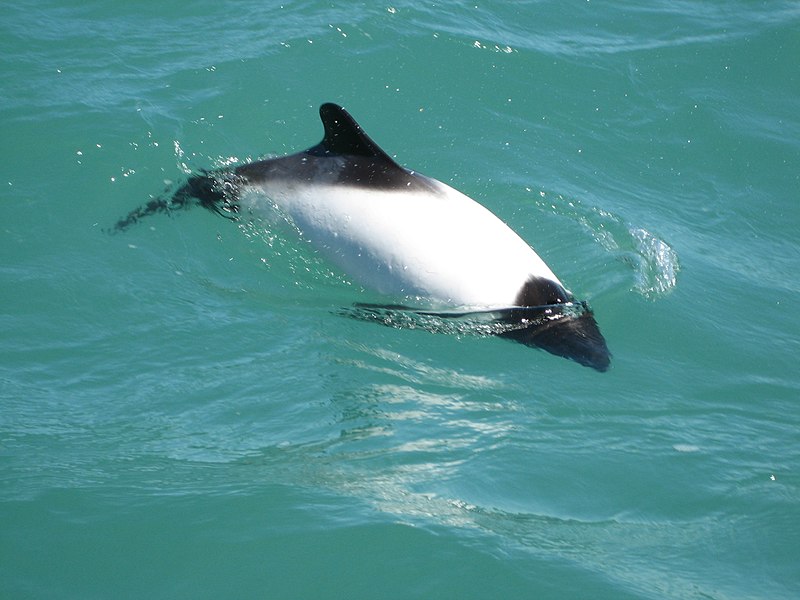
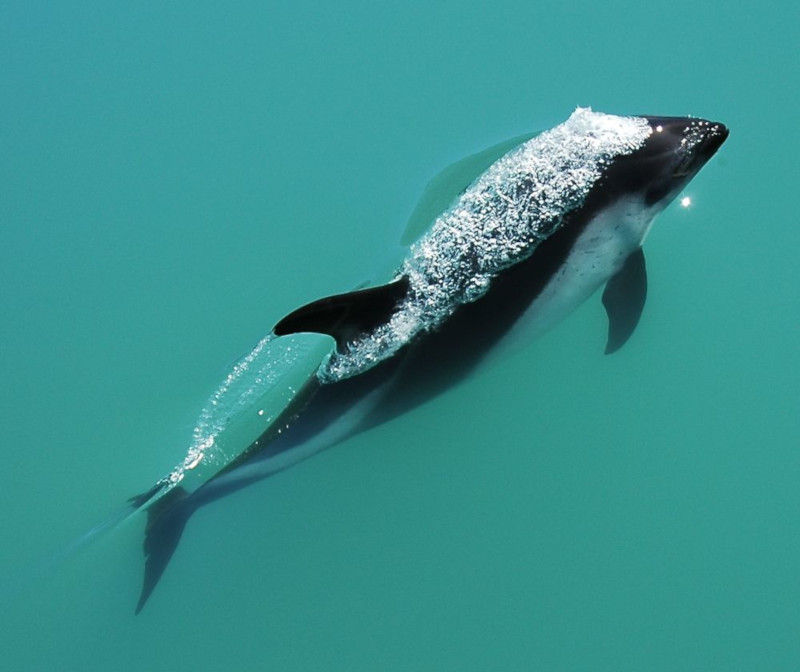
Peale’s Dolphin Physical Description
Although the gorgeous species called the Peale’s Dolphin fully deserves appreciation, it does not stand out in terms of sheer size. That holds true because this particular dolphin actually ranks as a roughly average-sized specimen of its Family.
But, this animal does differ from the majority of other dolphins in that it does not display any noticeable degree of the physiological trait of sexual dimorphism. As a result, therefore, individuals of both genders remain visibly indistinguishable.
Firstly, individuals average an impressive 3.3 ft (1 m) at birth, nearly half its adult size. Secondly, mature individuals of both sexes attain an average overall length of roughly 6.9 ft (2.1 m). Thirdly, adults further reach an average weight of about 254 lb (115 kg).
In terms of appearance, the body of the Peale’s Dolphin presents a largely black color scheme. It also has a single white stripe on the sides, to go with the off-white underside, however. The flippers also remain small and pointed, with a small white patch.
- Kingdom: Animalia
- Phylum: Chordata
- Class: Mammalia
- Order: Artiodactyla
- Family: Cetacea
- Genus: Delphinidae
- Species: L. australis
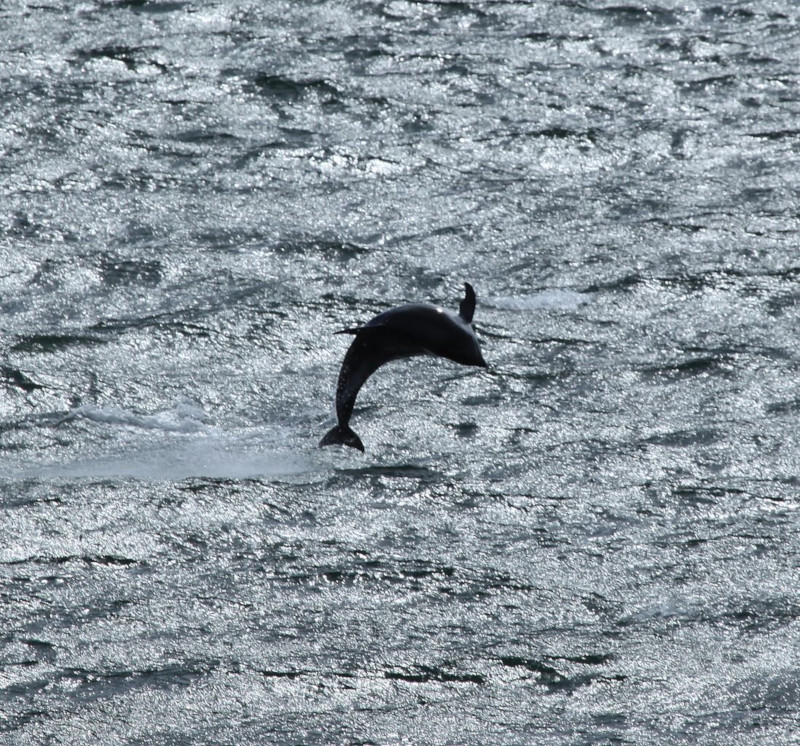
Peale’s Dolphin Distribution, Habitat, and Ecology
Most unfortunately, the visually stunning, and scientifically fascinating, Peale’s Dolphin only inhabits an extremely limited portion of the world. To be much more precise, though, it only appears in one region. That’s off the coast of the continent of South America.
More specifically, though, this magnificent marvel of nature primarily lives in the waters around the equally breathtaking site known as Tierra del Fuego. However, scattered individuals have been seen in other regions, albeit only on very rare occasions.
Experts consider these to be random variations, with Tierra del Fuego being the center of its habitat range. In any of the areas it appears, it mainly inhabits the coastal regions. The animal often appears in areas such as various bays, and even in narrows and channels.
The marvelous Peale’s Dolphin appears, like many related creatures, to typically live in comparatively small groups. Also, these groupings tend to number between 4 -5 individuals. These can nonetheless total as many as 20 specimens on occasion.
The magnificent creatures also generally hunt their prey in the various coastal ecosystems. Although the animal will feed opportunistically, its preferred prey appears to consist of various fish and shrimp, and even small squids and octopuses.
Species Sharing Its Range
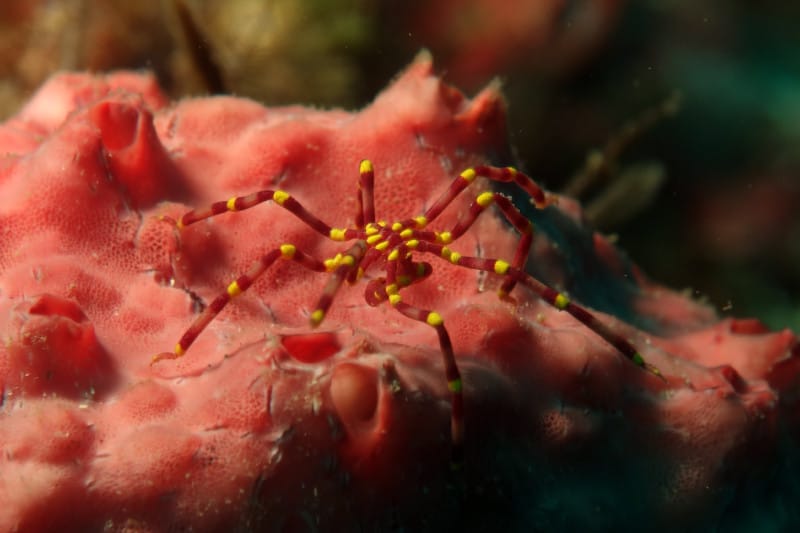
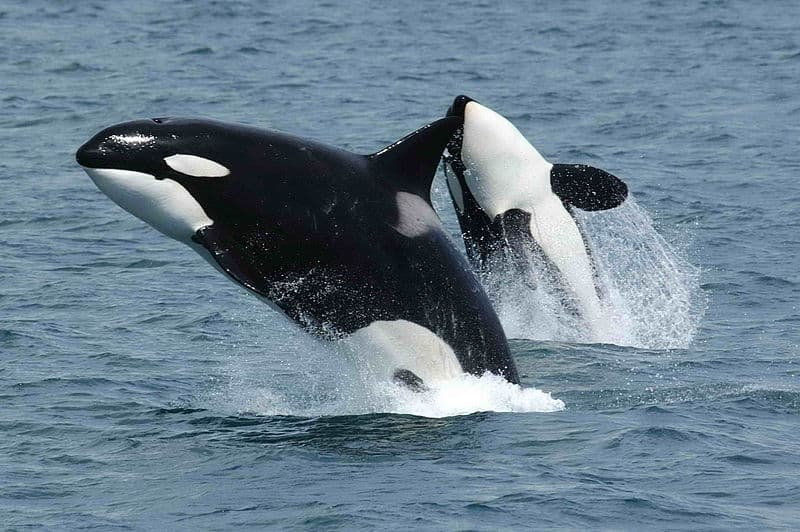
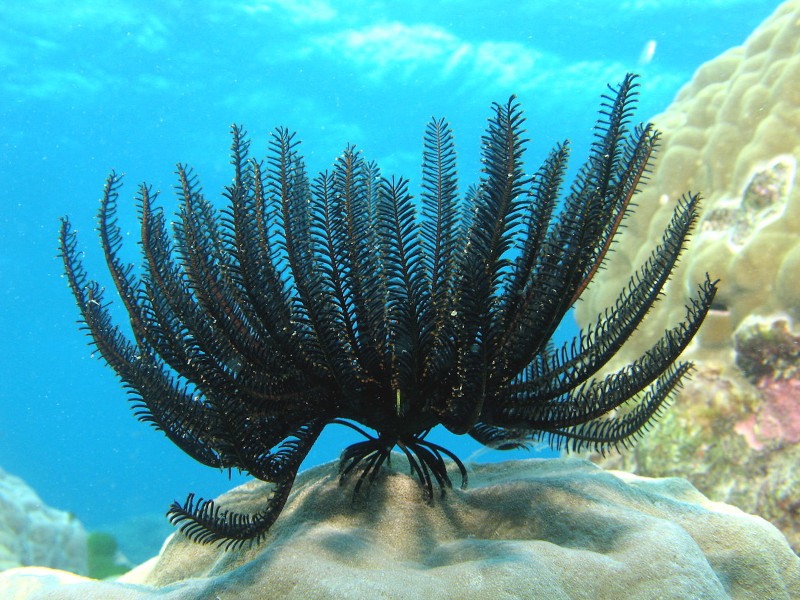
Check out our other articles on 4 Astounding African Reptiles, Guinan cock-of-the-rock, Loktak Lake, Cannonball Tree, Wallace’s Flying Frog, Hood Coral, California red-sided garter snake









Leave a Reply